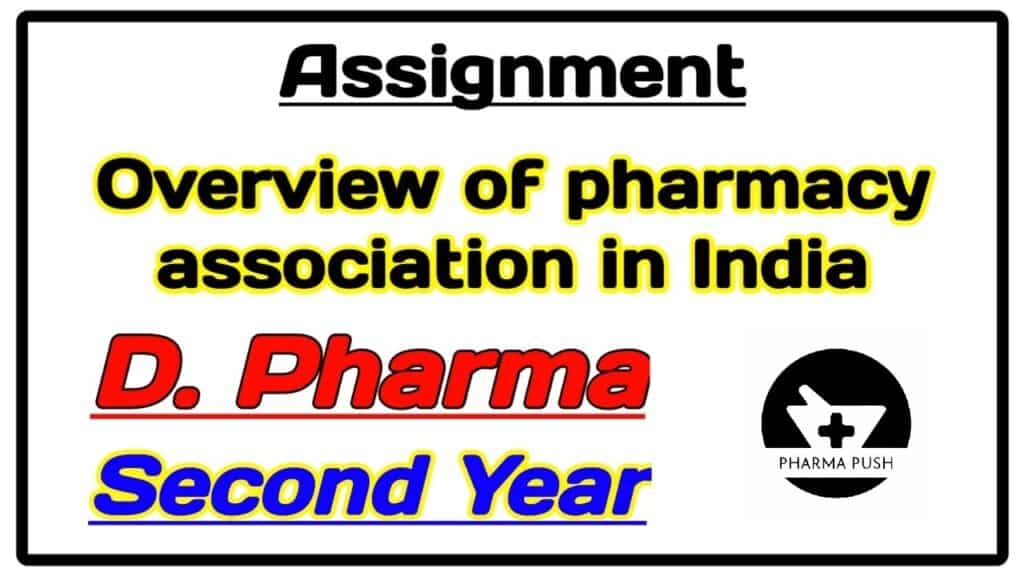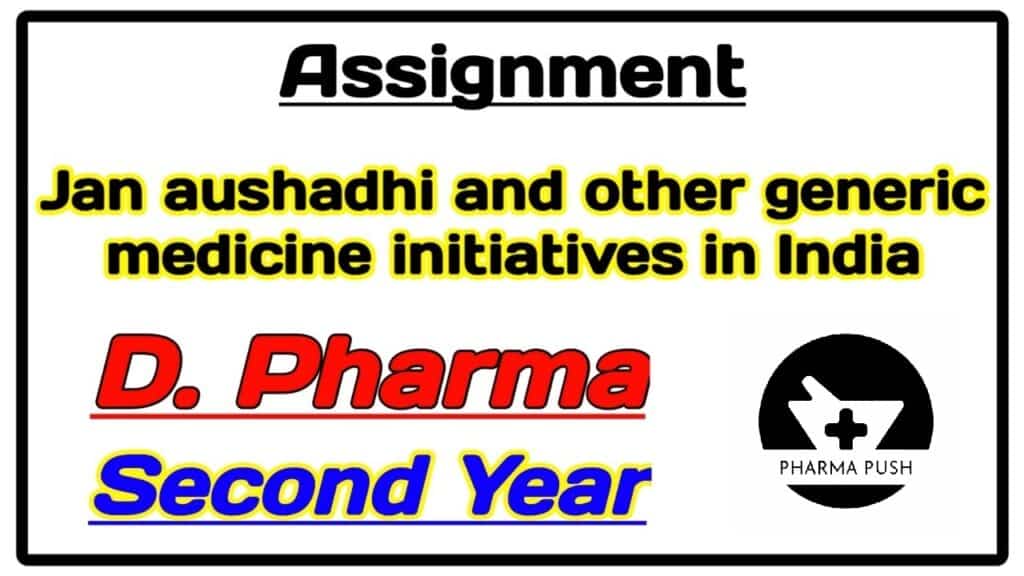What are Fixed Dose Drug Combination?
Combination products, also known as Fixed dose drug combinations (FDCs), are combinations of two or more active drugs in a single dosage form. The Food and Drug Administration, USA defines a combination product as ‘a product composed of any combination of a drug and a device or a biological product and a device or a drug and a biological product or a drug, device, and a biological product’. It is widely accepted that most drugs should be formulated as single compounds.
Fixed ratio combination products are acceptable only when the dosage of each ingredient meets the requirement of a defined population group and when the combination has a proven advantage over single compounds administered separately in therapeutic effect, safety or compliance . Fixed dose combination are highly popular in the Indian pharmaceutical market and have been particularly flourishing in the last few years. The rationality of Fixed dose combination should be based on certain aspects such as:
- The drugs in the combination should act by different mechanisms.
- The pharmacokinetics must not be widely different.
- The combination should not have supra-additive toxicity of the ingredients.
- Dosage alteration of one drug is not possible without alteration of the other drug.
- Differing pharmacokinetics of constituent drugs pose the problem of frequency of administration of the formulation.
- By simple logic there are increased chances of adverse drug effects and drug interactions compared with both drugs given individually.
Unfortunately, many Fixed dose combination being introduced in India are usually irrational. The most pressing concern with irrational FDCs is that they expose patients to unnecessary risk of adverse drug reactions, for instance, paediatric formulations of nimesulide + paracetamol. Nimesulide alone is more antipyretic than paracetamol, more anti-inflammatory than aspirin, and equivalent in analgesia to any of the NSAIDS alone, so efficacy gains are unlikely with added paracetamol. However, the patients may be subject to increased hepatotoxic effects from the combination.
Fixed dose combination of diclofenac + serratopeptidase do not offer any particular advantage over the individual drugs despite the claim that serratopeptidase promotes more rapid resolution of inflammation.
You May Like: Patient Information Leaflet for a given chronic disease / disorder
On the other hand, the patient is exposed to greater risk of gastrointestinal (GI) irritation and serious bleeding from unsuspected peptic ulceration. Fixed dose combination of quinolones and nitroimidazoles (e.g. norfloxacin + metronidazole, ciprofloxacin + tinidazole, ofloxacin + ornidazole) have not been recommended in any standard books, but continue to be heavily prescribed drugs in GI infections, pelvic inflammatory disease, dental infection, etc., to cover up for diagnostic imprecision and the lack of access to laboratory facilities. Such injudicious use of antibiotic Fixed dose combination can rapidly give rise to resistant strains of organisms, which is a matter of serious concern to the health care situation in our resource poor country.
The Problems with Fixed Dose Combination
The Fixed dose combination formulated without due diligence can pose problems namely (a) pharmacodynamic mismatch between the two components, one drug having additive/antagonistic effect leading to reduced efficacy or enhanced toxicity, (b) pharmacokinetic mismatch and having peak efficacy at different time, (c) chemical noncompatibility leading to decreased shelf life, (d) drug interactions because of the common metabolizing pathways, and (e) limitations of finer dosing titration of individual ingredients.
Although Fixed dose combination are available in almost all therapeutic categories, many of them are bizarre combinations. The therapeutic categories having high number of Fixed dose combination are cough, cold, and fever preparations; analgesics and muscle relaxants; antimicrobials; drugs for hypertension, dyslipidemia, diabetes, and psychiatric disorders; and vitamins and minerals. The Fixed dose combination formulation may have up to 5 or even more ingredients with or without rationality of their presence and in the quantity.
Very Few Fixed Dose Combinations in Essential List of Medicines
Essential medicines are those that satisfy the priority health care needs of the population and intended to be available at all times, in adequate amount and at affordable price. The list is prepared with due consideration to disease prevalence, efficacy, safety, and comparative cost-effectiveness of medicines. Out of the 414 medicines included in the 19th list of WHO List of Essential Medicines, 27 are FDCs. We included 24 FDCs out of 376 entities in the National List of Essential Medicines of India (NLEM) 2015.
These Fixed dose combination were included after due deliberations in national consultations with scientific justifications. Majority of the Fixed dose combination in both the lists belong to antimalarial, antitubercular, antiretroviral drugs, which emphasize the importance of Fixed dose combination use in treatment adherence and prevention of drug resistance.
The Good, the Bad, and the Ugly of the Fixed Dose Combination in India
On the basis of the rationality of available FDCs in India, we are tempted to classify them as follows: The Good FDCs – having strong justification, for example, carbidopa + levodopa, sulfonamides + trimethoprim, antitubercular drugs, antiretroviral drugs, some antihypertensives, and some antidiabetic medications; the Bad FDCs – are formulated primarily with marketing interests and do not add any value to the therapeutic usefulness and whose justification is debatable. Majority of the available FDCs fall in this category.
Some examples are combinations of dual nonsteroidal anti-inflammatory drugs (NSAIDs), NSAIDs with muscle relaxant, and NSAIDs with H2 blockers; and the Ugly FDCs – those that have neither evidence nor theoretical justifications. There could be a possibility of adverse event because of wrongful administration of an unnecessary component, or where the dose titration is required. Some examples of such bizarre combinations are formulations having cough syrups with two or more antihistamines + decongestant + bronchodilator + cough suppressant + expectorant and antifungal + antibiotic + steroid + topical local anesthetic.
Due to the difficulties in developing new chemical entities, the pharmaceutical industry finds it easier to develop FDCs. India is primarily the market of generic drugs. As the patent expires, the intense competition among multiple manufacturers tempts them to give the product a new look claiming multiple advantages without scientific validation. By the Drug Price Control Orders 2013, the drugs included in the NLEM were brought under price control by the National Pharmaceutical Pricing Authority of India. To evade the price control, some companies reformulate the individual drugs into an FDC. This loophole has since been checked.
The Regulatory Response to Proliferating Irrational Fixed Dose Combinations
Many articles in print media and Nongovernmental Organizations questioned the rationality of FDCs. Drug regulator of India (CDSCO) came out with the policy guidelines for the approval of FDCs in 2013. CDSCO has periodically banned various FDCs due to reasons such as lack of rationale or evidence and potential safety concern. In 2007, the Drugs Controller General of India (DCG [I]) issued edicts to all SLAs to withdraw 294 FDCs which were not approved by CDSCO. However, the industry disputed the ban and the matter is currently subjudice.
The Parliamentary Standing Committee on Health and Family Welfare in its 59th report pointed out that some SLAs have been issuing manufacturing licenses for FDCs without prior clearance from DCG (I). Subsequently, the DCG (I) issued a circular on January 15, 2013, directing the manufacturers to prove the safety and efficacy of FDCs licensed by the SLAs prior to October 1, 2012, within 18 months, failing which they would be considered for being prohibited from manufacture and marketing in India. The FDCs approved before year 1988 were exempted. In response, 6220 applications were received from the industry.
In September 16, 2014, Ministry of Health and Family Welfare (MOH and FW) constituted a committee for examining the applications for rationality, safety, and efficacy of the FDCs. The committee submitted its report to the MOH and FW on April 16, 2015. It classified FDCs into 4 categories: (i) Category “a” – FDCs considered as irrational and the show-cause notices were issued to the manufacturers; (ii) Category “b” – FDCs requiring further deliberations with subject experts; (iii) Category “c” – FDCs considered as rational and letter of approval was sent; (iv) Category “d” – FDCs requiring further generation of data.
Accordingly, letters were sent to submit phase four trial protocol to the manufacturers. Replies from manufacturers against show-cause notices with respect to 1083 irrational FDCs under category “a” were examined and the recommendations were submitted on February 10, 2016. Based on findings of the expert panel, on March 10, 2016, 344 FDCs were prohibited under Section 26A of Drugs and Cosmetics Act, 1940.
The industry moved the Hon’ble Delhi High Court seeking a stay on the ban notification citing the lack of regulatory power of the CDSCO to ban the manufacture of FDCs without revoking the license to manufacture given by the SLAs. Questions were raised on the procedure adopted by the DCG (I) such as not consulting Drugs Technical Advisory Board and Drugs Consultative Committee to decide on the prohibition. Despite all these, the original question of regulating and weeding out irrational the Bad FDCs and the Ugly FDCs is left in limbo among these technical and procedural convolutions.
What Interventions are Needed to Prevent Use of Irrational Fixed Dose Combinations?
To curb the irrational use of FDC in India, a multistep approach involving all stakeholders, for example, consumers, physicians, regulatory authority, industry, and the academicians, is needed. The enforcement mechanism by the regulators needs to be strengthened. Both the central and state regulators must harmonize their procedures for licensing FDCs. Good pharmacovigilance should be ensured to assess the performance of the product in clinical practice. Industry should act responsibly, ensuring the adequate rationale to develop FDC and generating robust efficacy and safety data.
National Formulary of India, NLEM, and Standard Treatment Guidelines should be adopted across different levels of health services. CMEs on drug information, training medical and pharmacy students with an orientation toward the public health implications of FDCs misuse and good prescribing and pharmacy practices will go a long way in addressing the knowledge, attitude, and practice gap of practicing physicians and pharmacists. A multipronged corrective approach involving regulator, academia, industry, physicians, and public is needed to correct the dismal FDC scenario in the country.
REFERENCES
- Sreedhar D, Subramanian G, Udupa N. Combination drugs: are they rational? Curr Sci. 2006;91:406. [Google Scholar]
- World Health Organization. The use of essential drugs. WHO Technical Report Series 825. Geneva: World Health Organization; 1992. [PubMed] [Google Scholar]
- Amitava S. Indian market’s fixation with fixed dose combinations (Editorial) Rational Drug Bulletin. 2002;12:1. [Google Scholar]
- World Health Organization. The Use of Essential Drugs. WHO Technical Report Series 933. Geneva: World Health Organization; 2006. [Google Scholar]
- 5. World Health Organization. The Use of Essential Drugs. WHO Technical Report Series 850. Geneva: World Health Organization; 1995. [PubMed] [Google Scholar]
- CDSCO. Report of Expert Committee on Fixed Dose Combinations (FDCs) Licensed by SLAs for Manufacture without Approval of DCG (I), Applications of Which Received by CDSCO. 2015. [Last accessed on 2016 Jun 18]. Available from: http://www.cdsco.nic.in/writereaddata/fdcexpert%2019.1.2016.pdf
- CDSCO. Policy Guidelines for the Approval of Fixed Dose Combinations (FDCs) in India. 2013. [Last accessed on 2016 Jun 18]. Available from: http://www.mohfw.nic.in/WriteReadData/l892s/6404452866Kokate%20Report.pdf
- CDSCO. Prohibition of Fixed Dose Combination Drugs for Human Use Under Section 26A of Drugs and Cosmetics Act, 1940. 2016. [Last accessed on 2016 Jun 18]. Available from: http://www.cdsco.nic.in/writereaddata/SKM_12-03-2016.pdf

